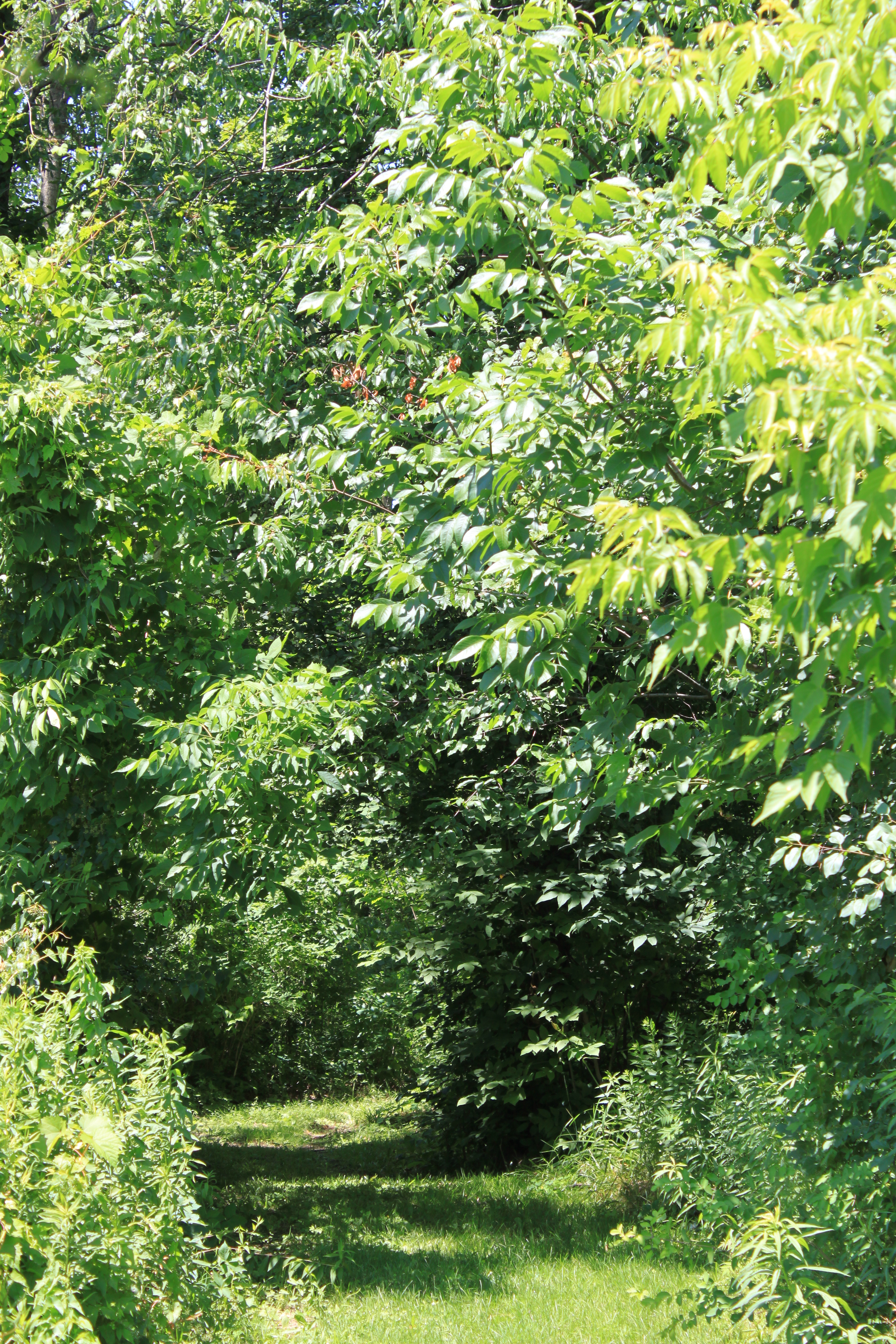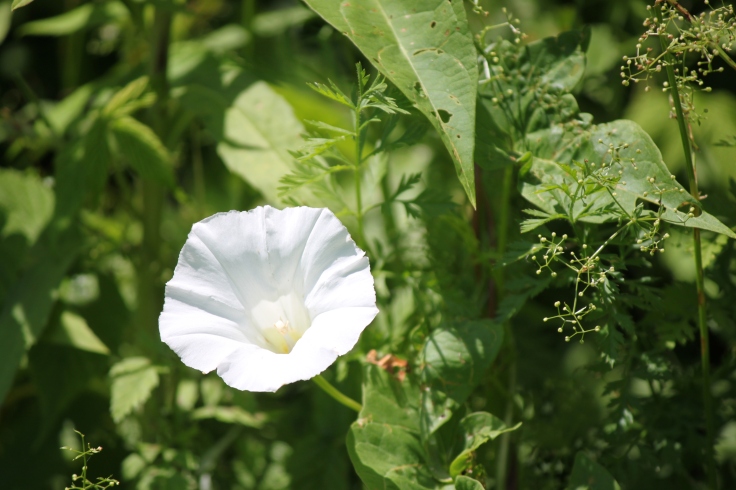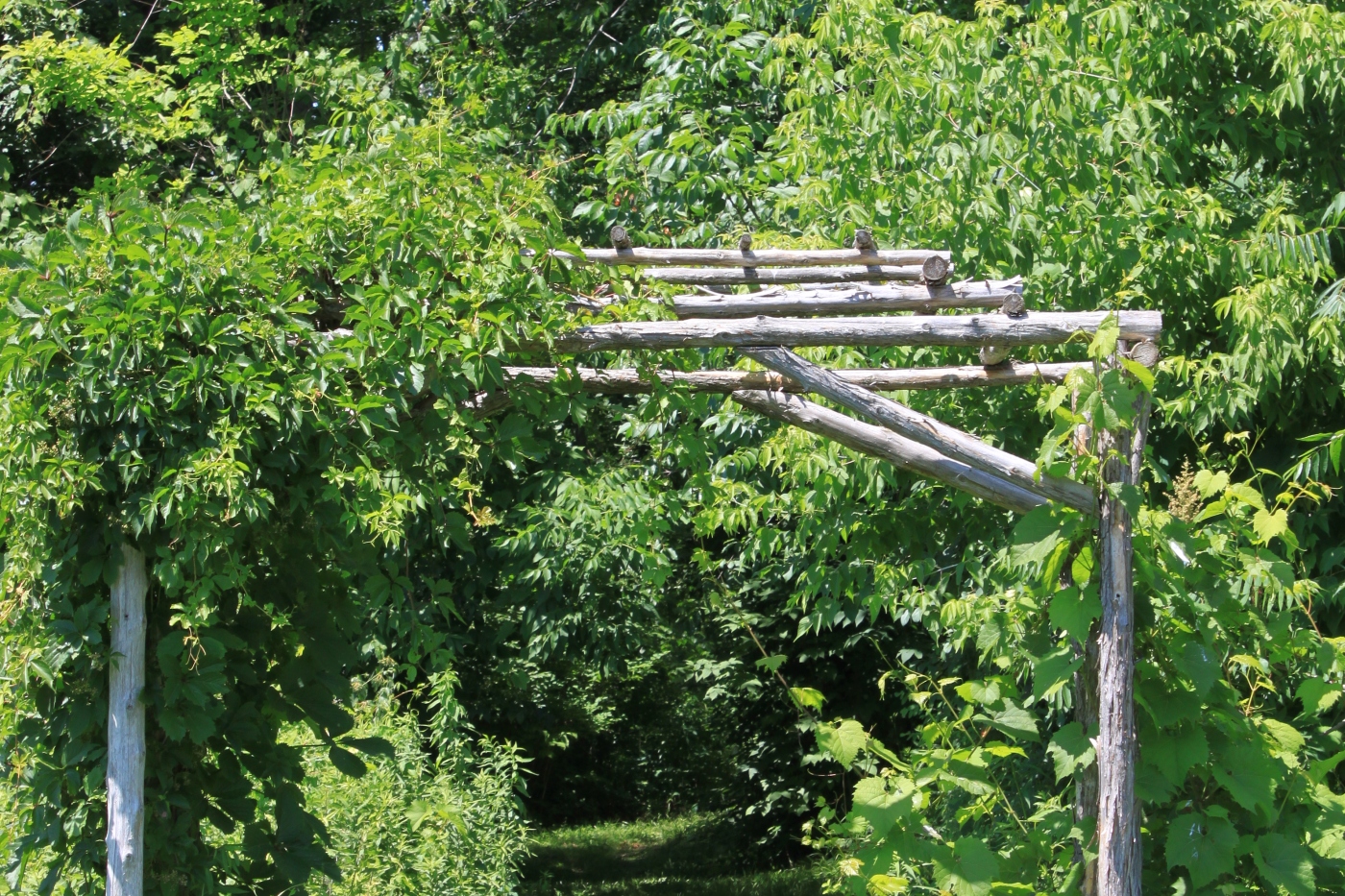
The use of the “edge effect” is one of the core principles of permaculture. From an ecological perspective, the area where two distinct ecosystems overlap — the edge — tends to house greater diversity and energy than either of those ecosystems do individually.

For instance, the edge between the woodland and my “backyard” not only creates an ecosystem for each of those species that make their home in either the forest or the grass, but also creates a unique ecosystem for species specially designed to inhabit the “edge” between these two distinct worlds.

Edges are not often looked upon favorably by the typical American living in suburbia. Edges are often overgrown, unruly and extremely persistent in their attempts to infiltrate a perfectly groomed yard and tamed flower borders. Even in rural areas, where we tend to be more forgiving of nature’s wildness, edges require at least annual maintenance to keep them at bay. A woodland edge left unattended will soon take over and transform the meadow.

Our property has very little controlled acreage; the majority of our 135 acres is forest and wetlands. At the turn of the century, this property housed a sizeable dairy farm and much of the front 50 or so acres was pasture. From the time the dairy farm ceased to exist to 2008 when we purchased this place, that pasture was transformed – first taken over by brambles, grasses and tree seedlings; then the tree seedlings soon grew large enough to shade out the lower shrubs and grasses and ferns, mosses and other woodland plants arose. Low spots soon filled with water and, under the shade of the growing trees, remained wet throughout the year creating habitats that became home to numerous amphibians, plants, insects and the birds and other wildlife that fed on these things. Within 20 to 30 years, what was once pasture was transformed into a young forest and wetlands and the only remnant of grazing pasture remaining is the rusted barbed wire fencing that can still be found along the boundary lines.
As a result, pasture that once may have been home to a few types of birds and some insects now houses a huge number of diverse species in a multitude of mini ecosystems — forest, wetland, meadow, gardens and the edges between each of these.


Your blog is a joy to read! I have loved reading about your beautiful garden, so have just nominated you for a Liebster Award. You can read more about it on my latest post: https://candeloblooms.com/2016/07/05/a-happy-surprise-the-liebster-award/. I look forward to reading your responses!
PS Loved the photo of your pergola leading into the woodland- it is even more rustic than ours!
LikeLike
Thanks so much for the kind words, as well as the nomination. I do appreciate it, but feel I must decline. I really just intended the blog to act as my online garden journal, and although I’m delighted that there are folks out there who deem the blog worthy of following, actively promoting the blog is not my focus. I do hope this doesn’t mean that I’ve lost you as a reader!
LikeLike
Not at all and I totally understand! But I still hope other readers find your blog through my blog, as it really is lovely and quite inspiring for we gardeners, on the other side of the world in the midst of Winter! No wonder I had the time to answer all those questions! All the best for your gardening year and look forward to reading future posts!
LikeLike
The edge is always the most interesting place to me, the meeting place between woodland and garden, wild and tame, and so on. Wonderful post!
LikeLike
Thanks so much, and I agree wholeheartedly with it being the most interesting part of the garden. It certainly the best location in which to observe the local wildlife. Btw, your gardens look spectacular and I love the woodland setting of your property.
LikeLike